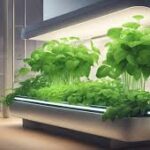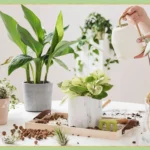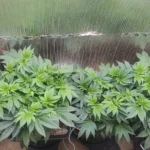Creative Party Decor: How to Make Stunning Flower and Fruit Decorations for Free!
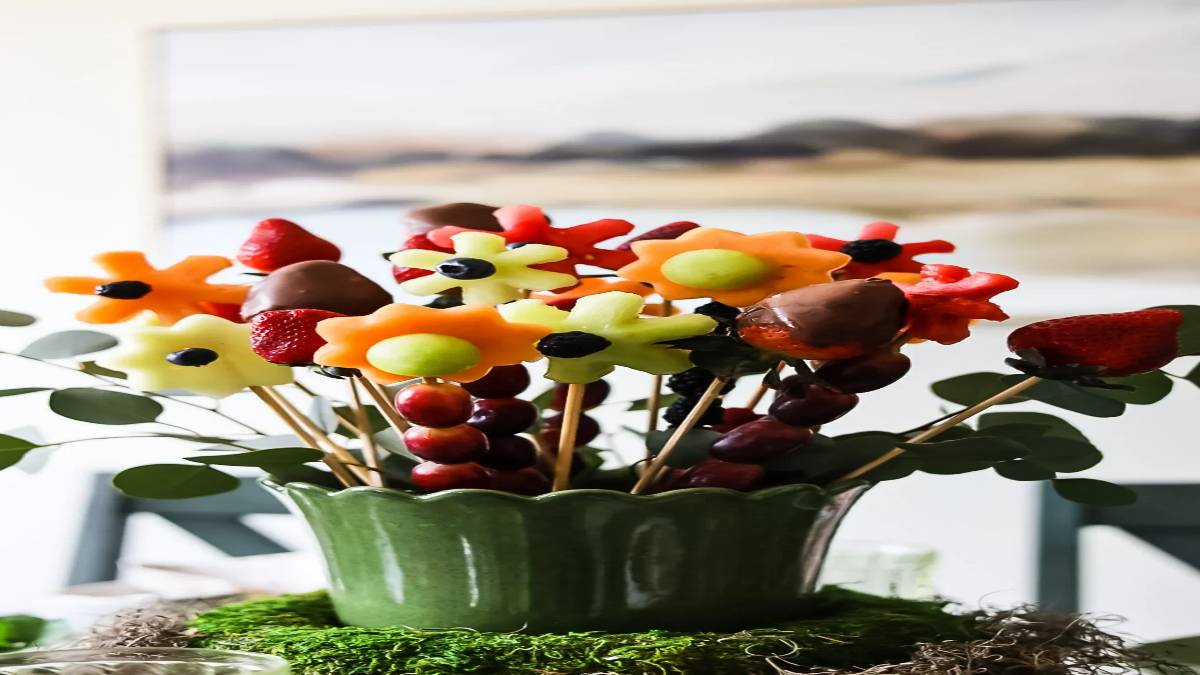
Creative party decor discover budget-friendly ways to using fresh flowers and fruits without spending a dime. Get inspired now! Introduction: Creative Party Decor Are you looking to add a touch of natural beauty to your next party without breaking the ...
Read more
The Mystery of the First Seed: Who Planted It?
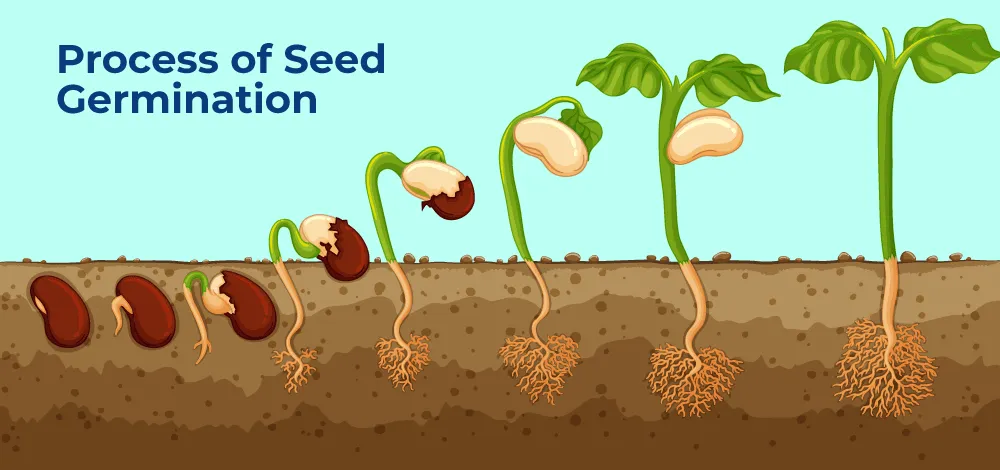
Unravel the mystery of the first seed and the origins of plant life. Explore the intriguing question of who planted the initial seed. Introduction: The world is full of plants, from towering trees to delicate flowers. But have you ever ...
Read more





